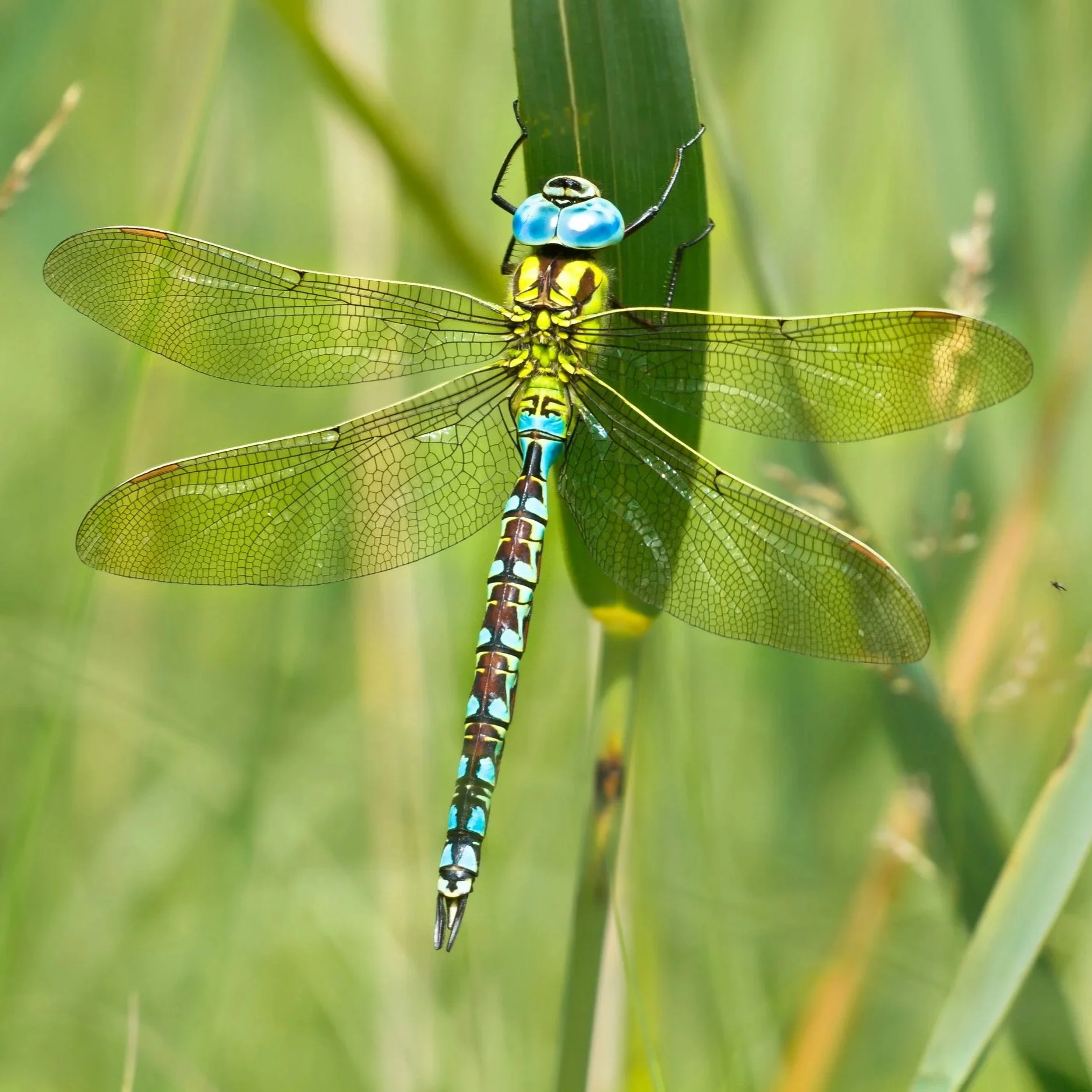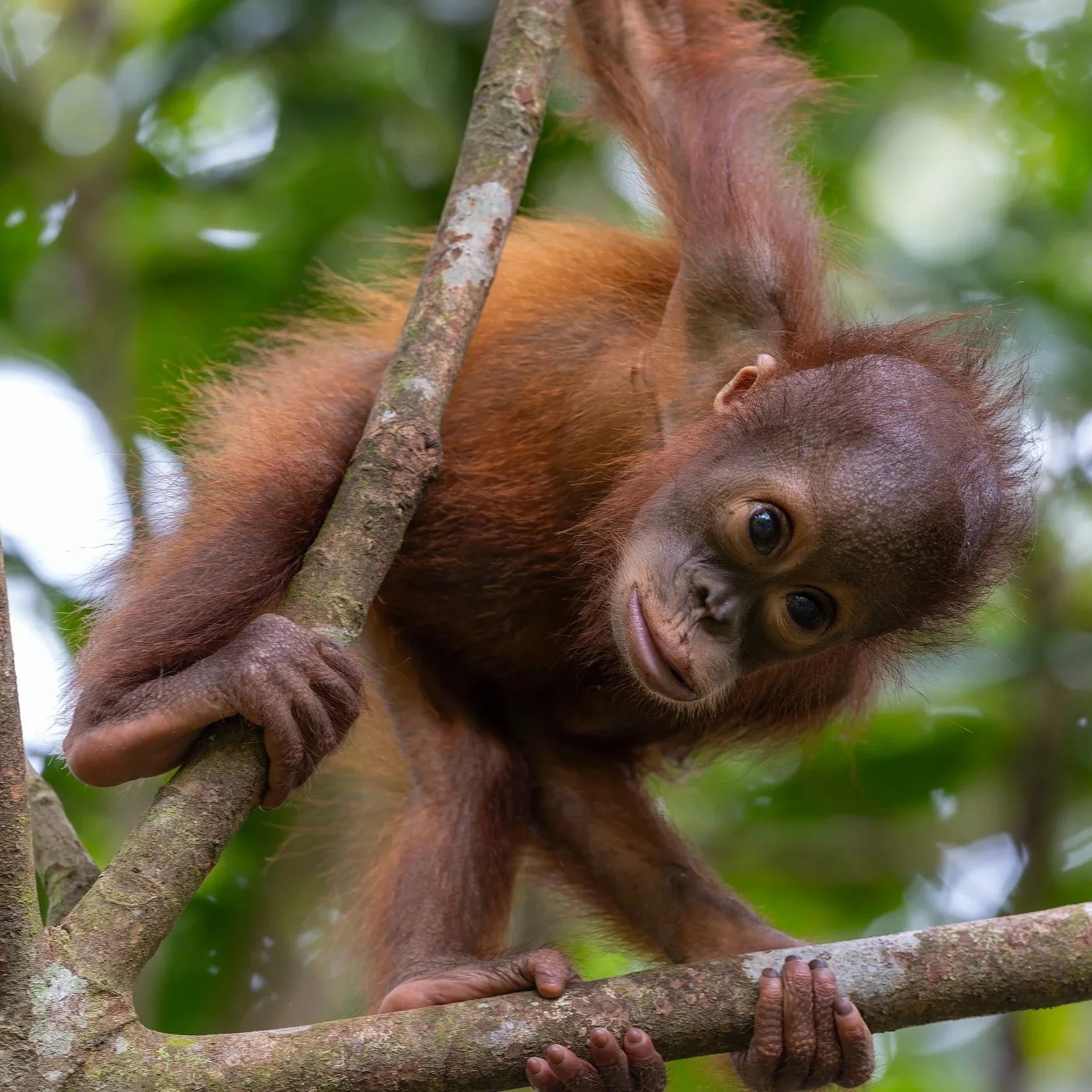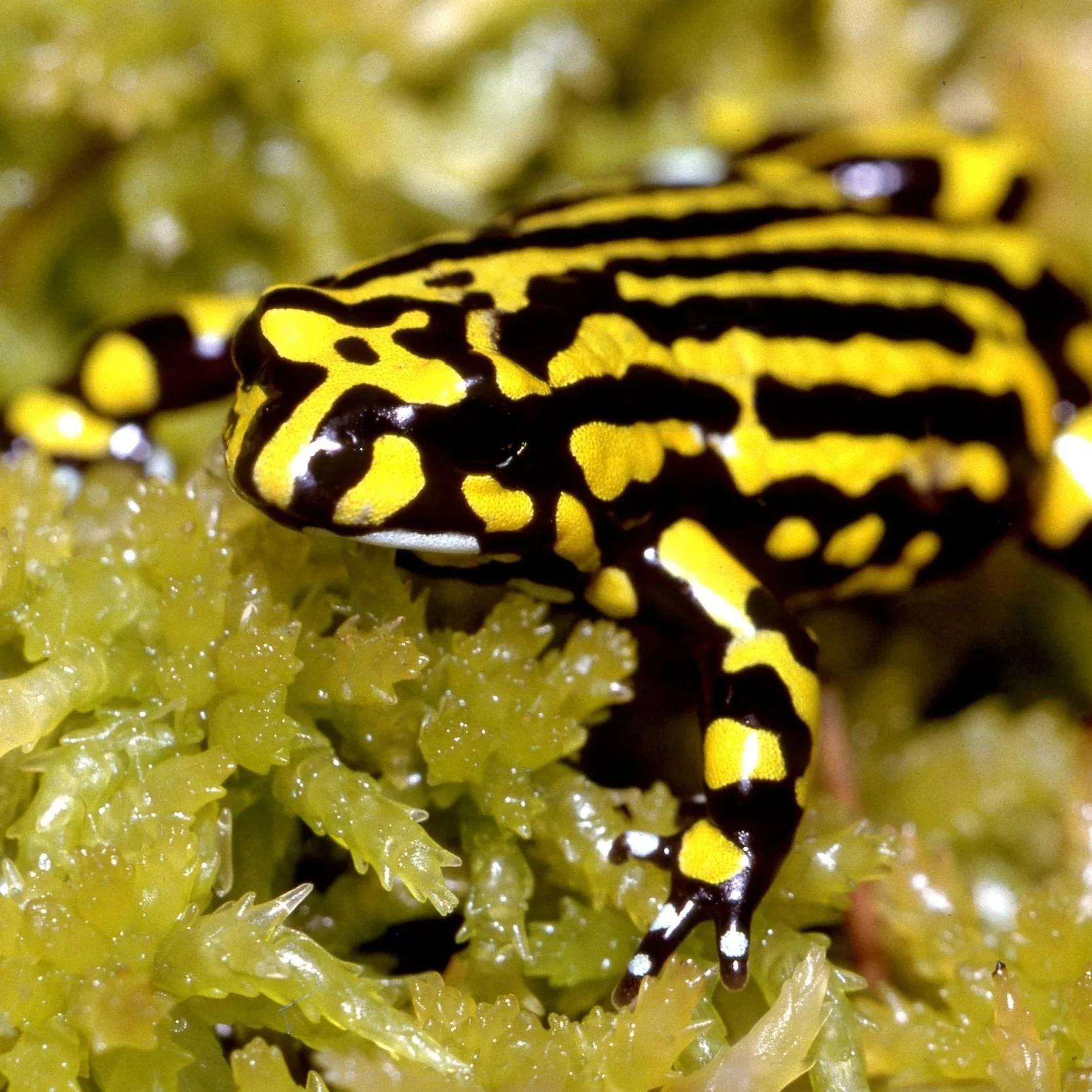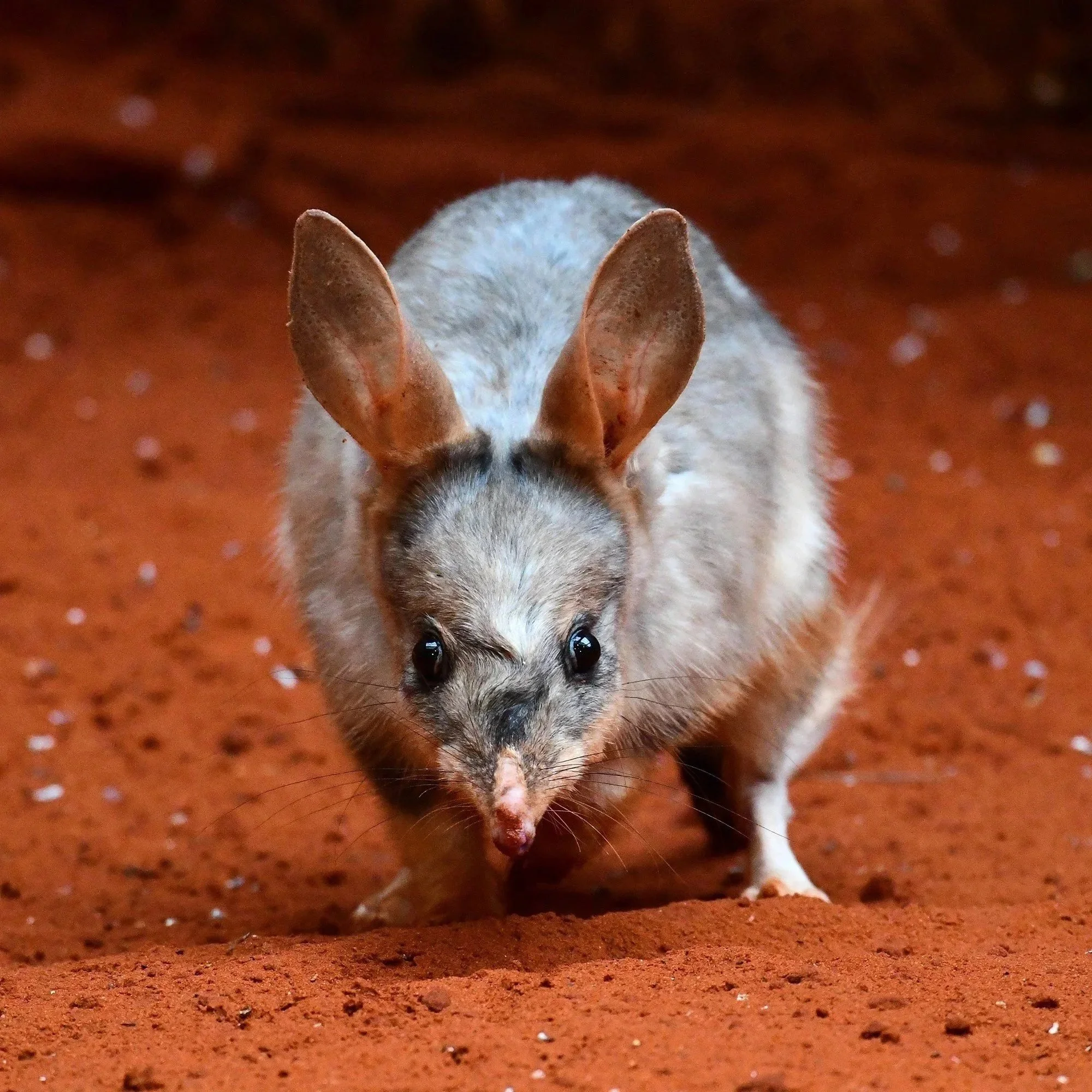the Earth BioGenome Project
The Earth BioGenome Project (EBP) is a global network of initiatives working together to build a comprehensive genome library for all eukaryotic life on Earth. This unprecedented effort aims to sequence, catalog, and understand the DNA of the planet’s biodiversity — from the tiniest fungi to the largest mammals.
A complete eukaryotic genome library forms the foundation for scientific discovery and innovation. It empowers researchers to ask new questions, uncover the genetic basis of life’s complexity, and drive transformative solutions to challenges such as climate change, food security, emerging diseases, and biodiversity loss.
Why Sequence global biodiversity genomes?
Sequencing biodiversity genomes reveals the blueprint of life — showing how species evolve, adapt, and survive in changing environments. Genomic data uncovers hidden vulnerabilities, tracks population health, and illuminates the biological processes that sustain ecosystems. By generating high-quality reference genomes across the Tree of Life, we equip scientists, conservationists, and policymakers with the tools they need to make informed decisions, strengthen environmental management, and protect species before they disappear.
Globally, how many eukaryotic species have assembled genomes?
Today, EBP-affiliated groups around the world are producing high-quality genome assemblies at an unprecedented pace. Nearly half of all publicly available eukaryotic reference genomes have been generated by EBP-affiliated projects — a share that is rapidly growing. As global initiatives target the complete sequencing of entire taxonomic groups or regional biotas, EBP-generated genomes are on track to surpass all other assemblies worldwide.
This expanding genomic library will fuel discoveries across biology and provide a critical foundation for conservation, ecosystem management, novel therapeutics, sustainable agriculture, and more.
EBP Genomes in Action: Driving Conservation and Discovery
EBP-affiliated projects are accelerating genome generation globally, contributing more high-quality assemblies to public databases than any other coordinated effort. These genomes are now being applied to pressing challenges — from identifying genetic factors linked to population decline to pinpointing adaptations that support habitat protection, breeding programs, and climate-resilience planning.
In many regions, EBP data is offering the first comprehensive look at the genetic health of threatened species, enabling conservation teams to act with unprecedented precision. As this genomic foundation expands, it is unlocking new avenues across biodiversity science, biotechnology, climate research, and ecosystem management — ensuring that global biodiversity is both understood and protected.
EBP Conservation case study feature:
Translating genomic advances into biodiversity conservation
“Conservation management actions and associated legislation should be based on the best possible available evidence. There have been sizable efforts by the scientific community in recent years to develop evidence-based decision tools and frameworks for protecting biodiversity, many of which integrate genomic data. However, large-scale investment is the only true way to move the fields of biodiversity and conservation genomics from the academic sector into the applied conservation and policy sectors for biodiversity protection.”
Threatened Species Initiative (TSI)
Hogg, Carolyn J.
Journal: Nature Reviews Genetics 2024
Ninu (Macrotis lagotis) is currently found in the greater sandy desert region of Australia. This reference genome was sequenced by the Threatened Species Initiative and BioPlatforms Australia. Photo taken by Yuanyuan Cheng.
EBP DISCOVERY case study feature:
Whole‐Genome Evaluation of Genetic Rescue: The Case of a Curiously Isolated and Endangered Butterfly
This study underscores the importance of using whole-genome sequencing to inform effective conservation strategies. Conservation actions that are appropriate for one threatened population may not be suitable for another. In some cases, such as this one, genetic rescue may not even be necessary.
Lead author Zachary MacDonald went on to highlight the importance of reference genomes in this work: “A greater abundance and diversity of reference genomes directly translates to more economical and impactful conservation science, particularly in lesser-known and understudied taxa. We need more reference genomes, and we need them fast.”
california conservation genomics project
Authors: MacDonald, Zachary G., Julian R. Dupuis, James RN Glasier, Robert Sissons, Axel Moehrenschlager, H. Bradley Shaffer, and Felix AH Sperling.
Journal: Molecular Ecology 2025
Curiously Isolated Hairstreak species. Photo courtesy of lead author Zachary MacDonald. This reference genome was sequenced in collaboration with the California Conservation Genomics Project.
Interested in more examples of EBP-affiliated genomes shaping conservation outcomes?
Explore our Conservation Publications page to see the growing impact of these high-quality assemblies.










